This post may contain affiliate links, meaning we get a commission at no cost to you if you decide to make a purchase. As an Amazon Associate, we earn a small commission on qualifying purchases.
We absolutely love wordless picture books in speech therapy, and you should too! A picture really is worth a thousand words and for a speech-language pathologist that is priceless. Check out how we use wordless books and why we think these are the best books for speech and language therapy.
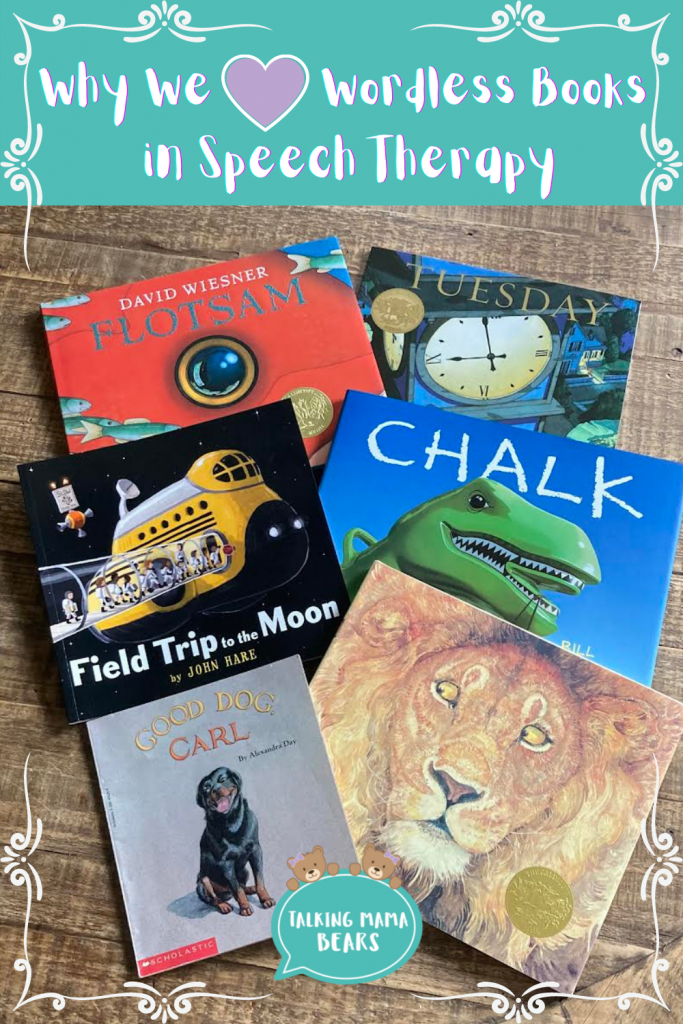
What are wordless books?
Wordless books are just that…wordless! They are picture books with little to no text that depict a variety of different types of stories. From silly to adventurous to down right unbelievable, every book is stunningly illustrated with entertaining stories. Check out this list of wordless books we like to use in our sessions.
- Good Dog, Carl by Alexandra Day
- Flotsam by David Wiesner
- Tuesday by David Wiesner
- The Lion and the Mouse by Gerald Rose and Jerry Pinkney
- Field Trip to the Moon by John Hare
- Chalk by Bill Thomson
Just know this is a very short list! There are LOTS of wordless books out there, but we are just sharing a few of our favs.
Who can use wordless books?
Everybody! That is what makes these books such great go-to’s for therapy. Students of all ages and reading abilities can enjoy wordless books. These picture books can be especially great for emerging readers and very young readers.
Emerging readers can also enjoy wordless books! In fact, I love watching my son flip through the pages and see him take in the story at his own pace. He loves reading the book “independently”. But more importantly, he is being exposed to all of the important early reading conventions such as holding a book right side up, reading from front to back, etc.
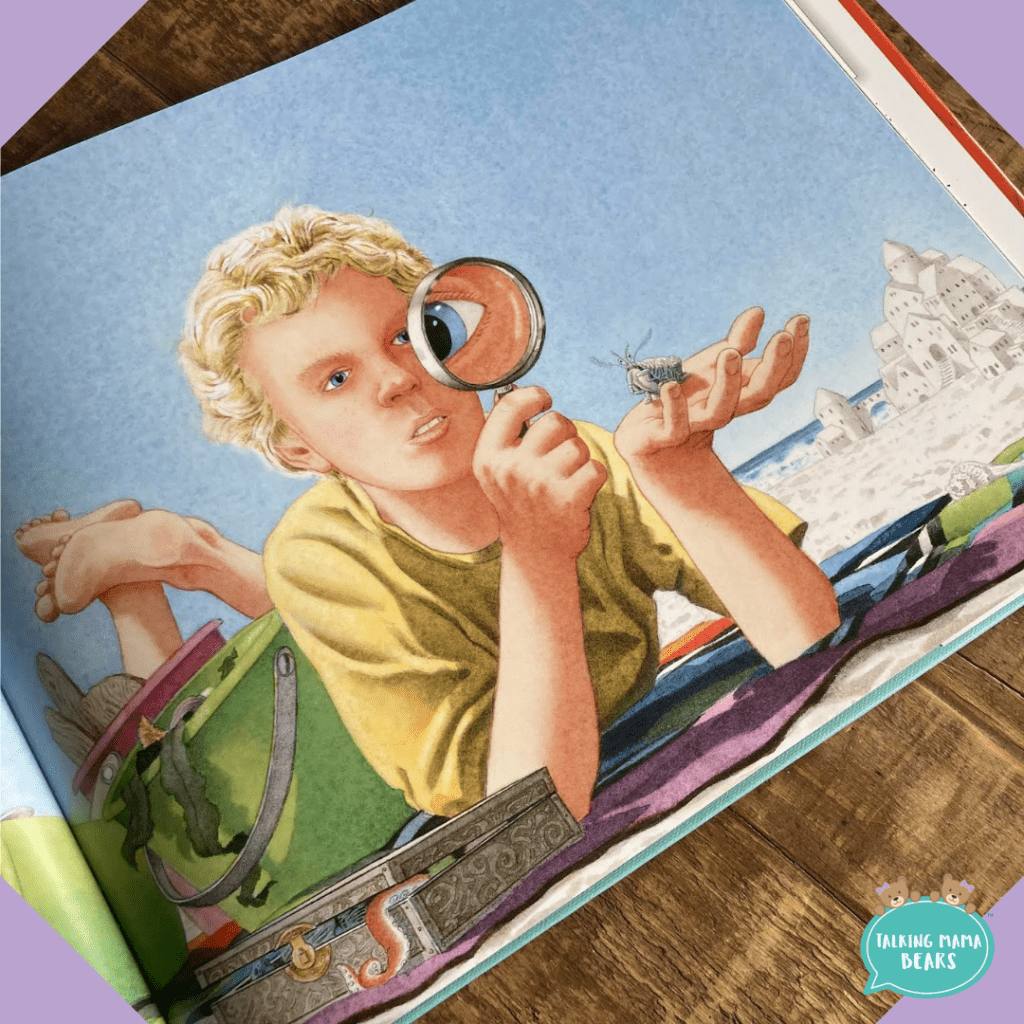
Students that struggle with decoding or reading fluency may benefit from the use of wordless books. These books allow children to build their confidence and show off their comprehension skills while taking the pressure of decoding words off the table. By looking at detailed pictures, students can still connect with the story. Making a real life connection to an illustration can be such an ah-ha moment for a student!
Why do we love wordless books?
As speech-language pathologists, we are constantly looking for fun and engaging activities for our students. Wordless books nearly check all the boxes when planning mixed group sessions. Here is why!
Narrative Construct/Sequencing
These books are ideal for overall story grammar introduction and practice. Students can identify and label the characters, setting, problem, solution, etc. I like pairing the Story Champs Story Grammar Icons with each story. Wonderful tool if you have access to it! Wordless books are a perfect way to practice cohesive and organized narrative retells.
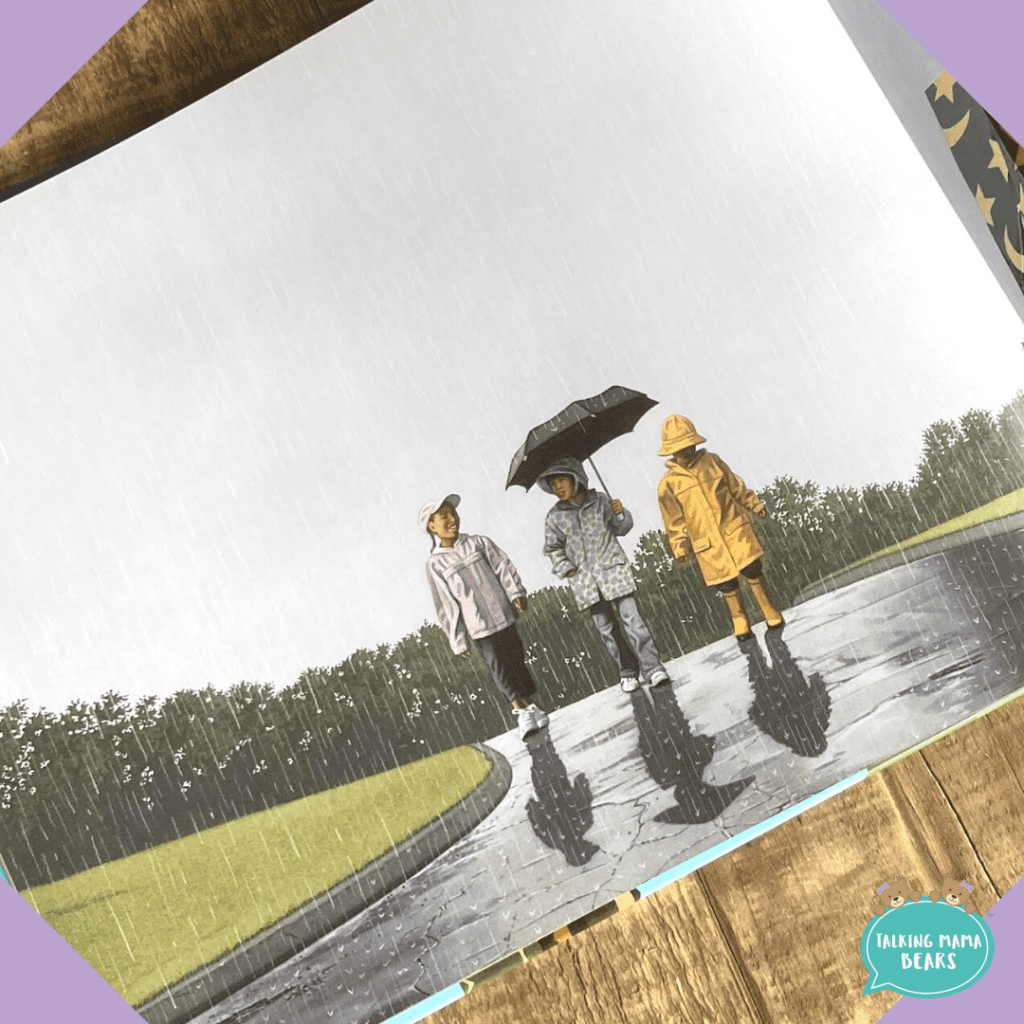
Vocabulary
Wordless books can help target expressive vocabulary since there are many opportunities for discussing thematic vocabulary. For example, the wordless book Flotsam initially takes place on a beach. Not only is this a perfect pick for this time of year as we gear up for summer break, but it is also jam packed with thematic summer vocabulary, actions, and adjectives.
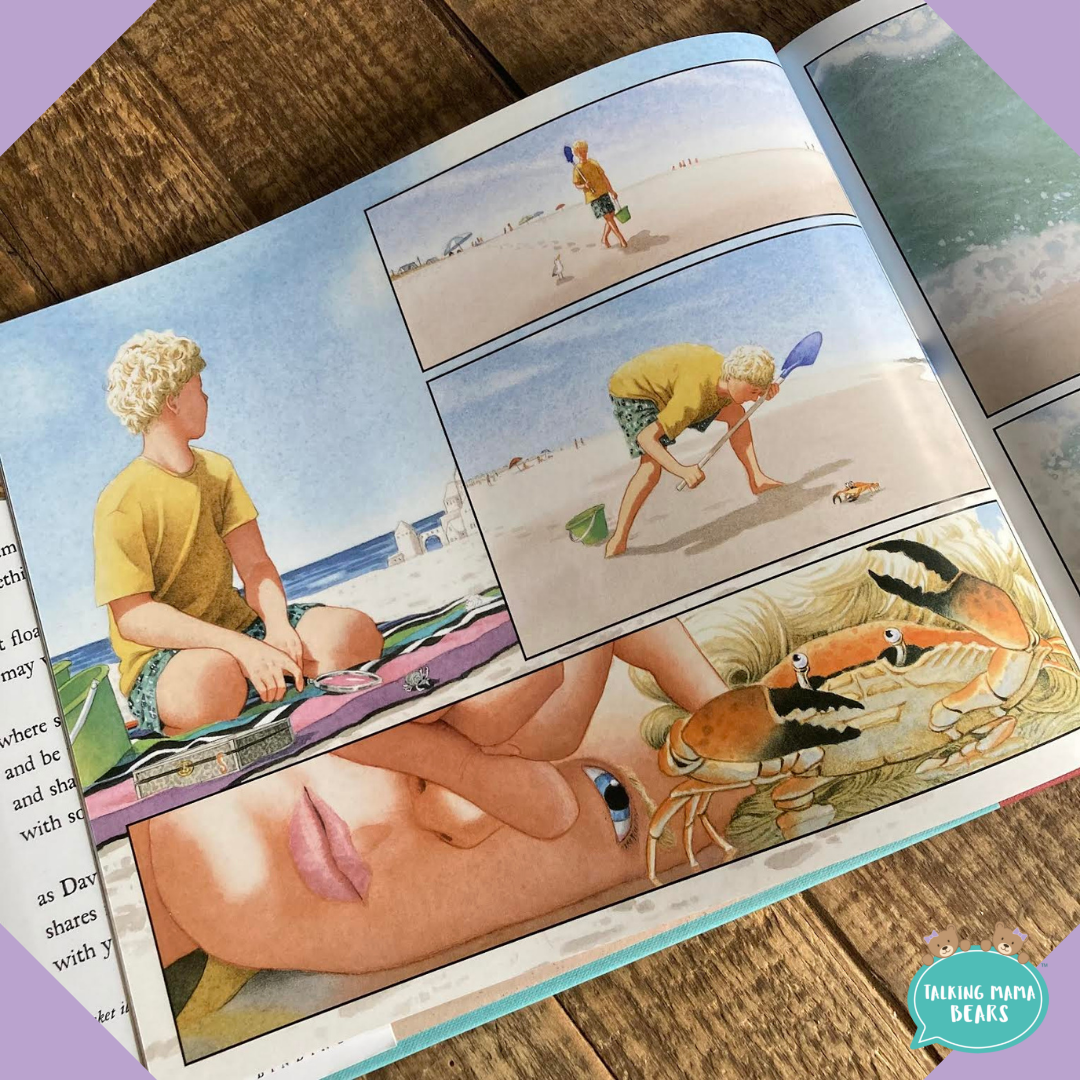
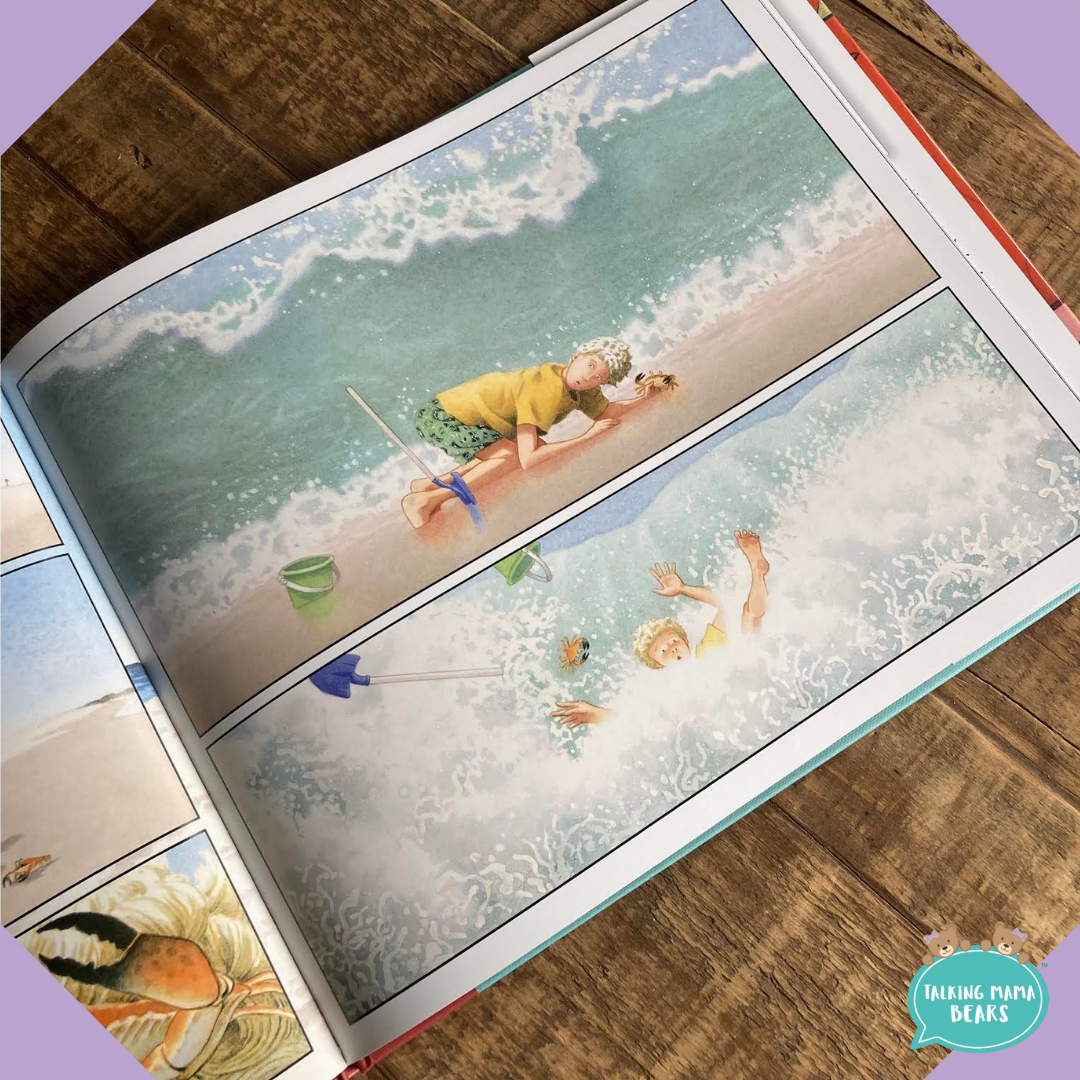
Looking for more summer themed vocabulary activities? Check out our Summer Vocabulary Scavenger Hunt for more expressive and receptive vocabulary building!
Critical Thinking
Some of our favorite skills to target using wordless books include higher level language and critical thinking skills. Students can formulate inferences and support responses with details from the illustrations. During structured language tasks, we often use inferencing starter sentences such as the following to help students.
- I infer that…
- I think that…
- I can guess that…
- This picture suggests…
- I noticed that…
- This picture shows me…
Another easily targeted skill is making basic predictions. For example in The Lion and The Mouse, the lion steps on a rope on one page and becomes stuck in a trap on another. The mouse joins the lion on the rope. To see the outcome, the reader must turn the page to see how the mouse helps the lion. Students can make simple predictions on what they think may happen next all the way through the story!
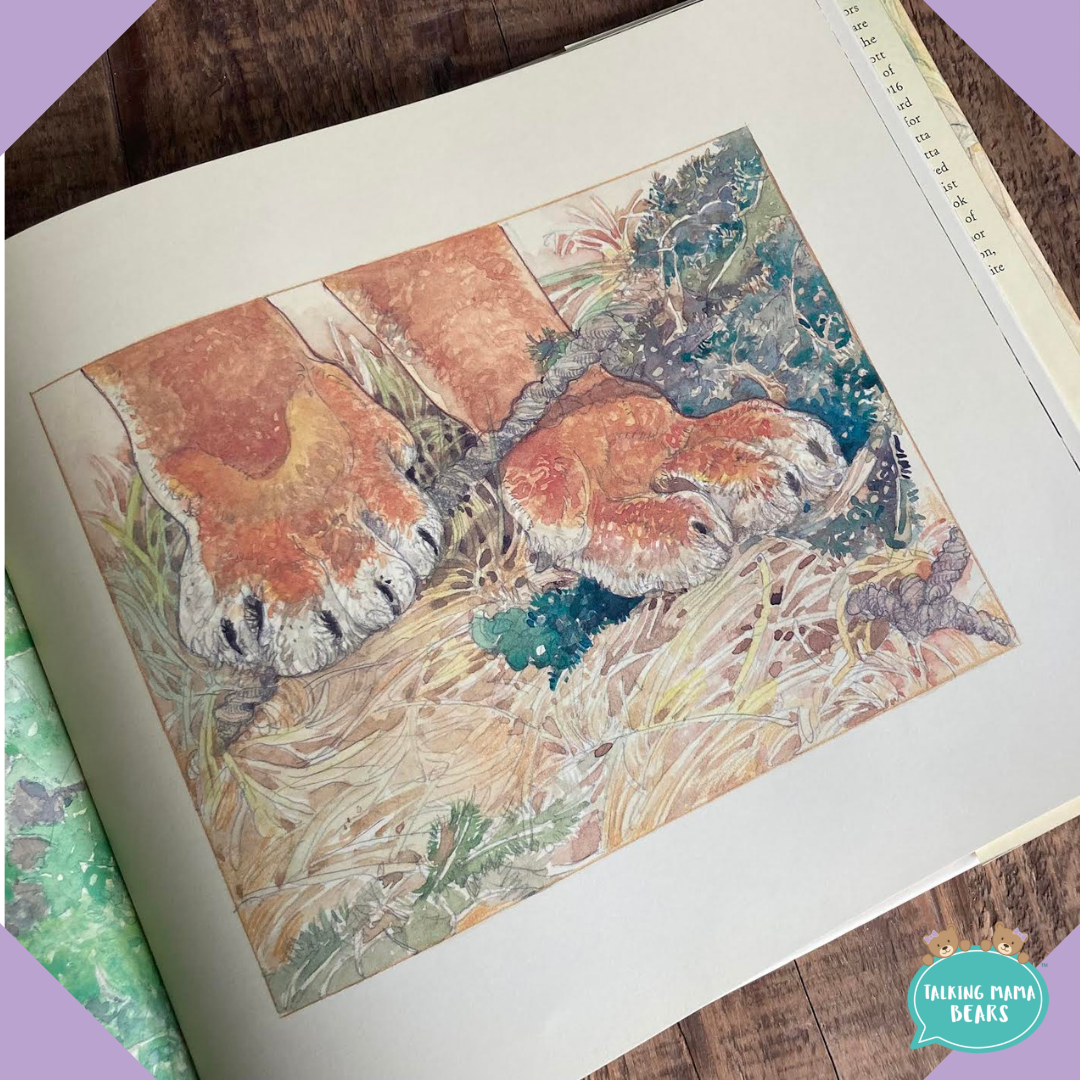

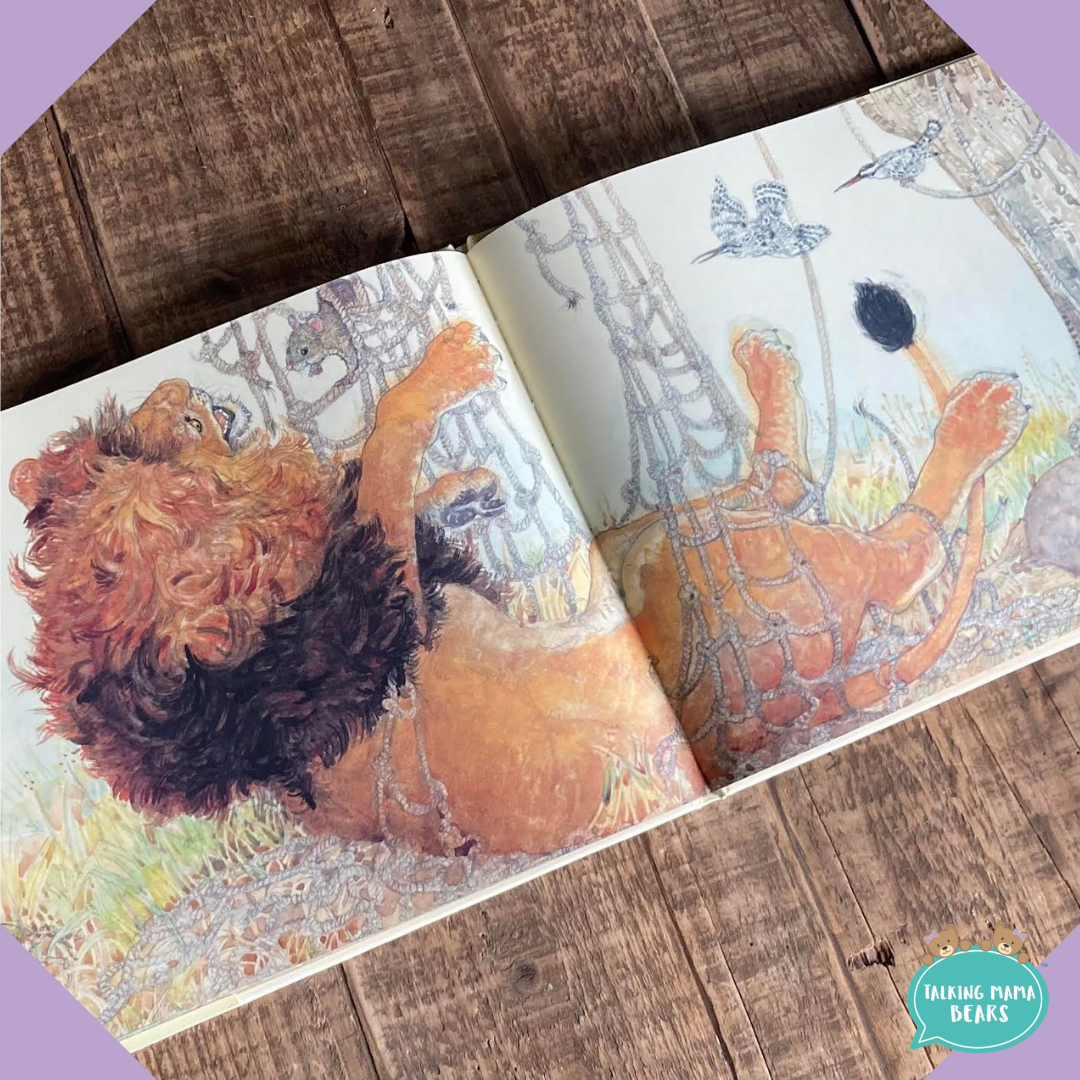
Non-verbal language
With only pictures to look at, there are so many non-verbal cues, gestures and facial expressions to help tell each story. In the wordless book Field Trip To The Moon, the alien characters have a wide range of silly emotions throughout the story. Not only is this a super funny story, it also allows for many opportunities to discuss character’s feelings and inner thoughts.
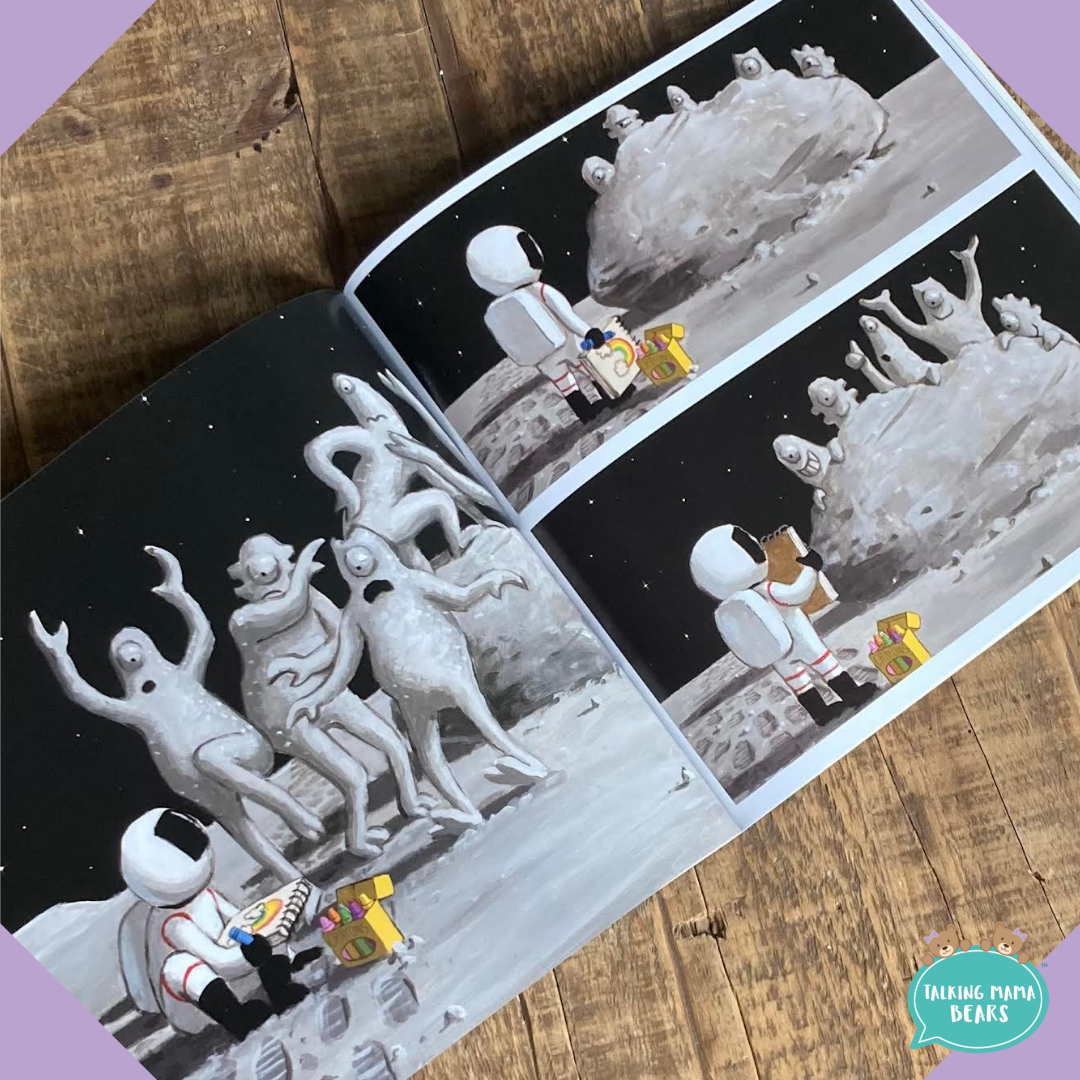
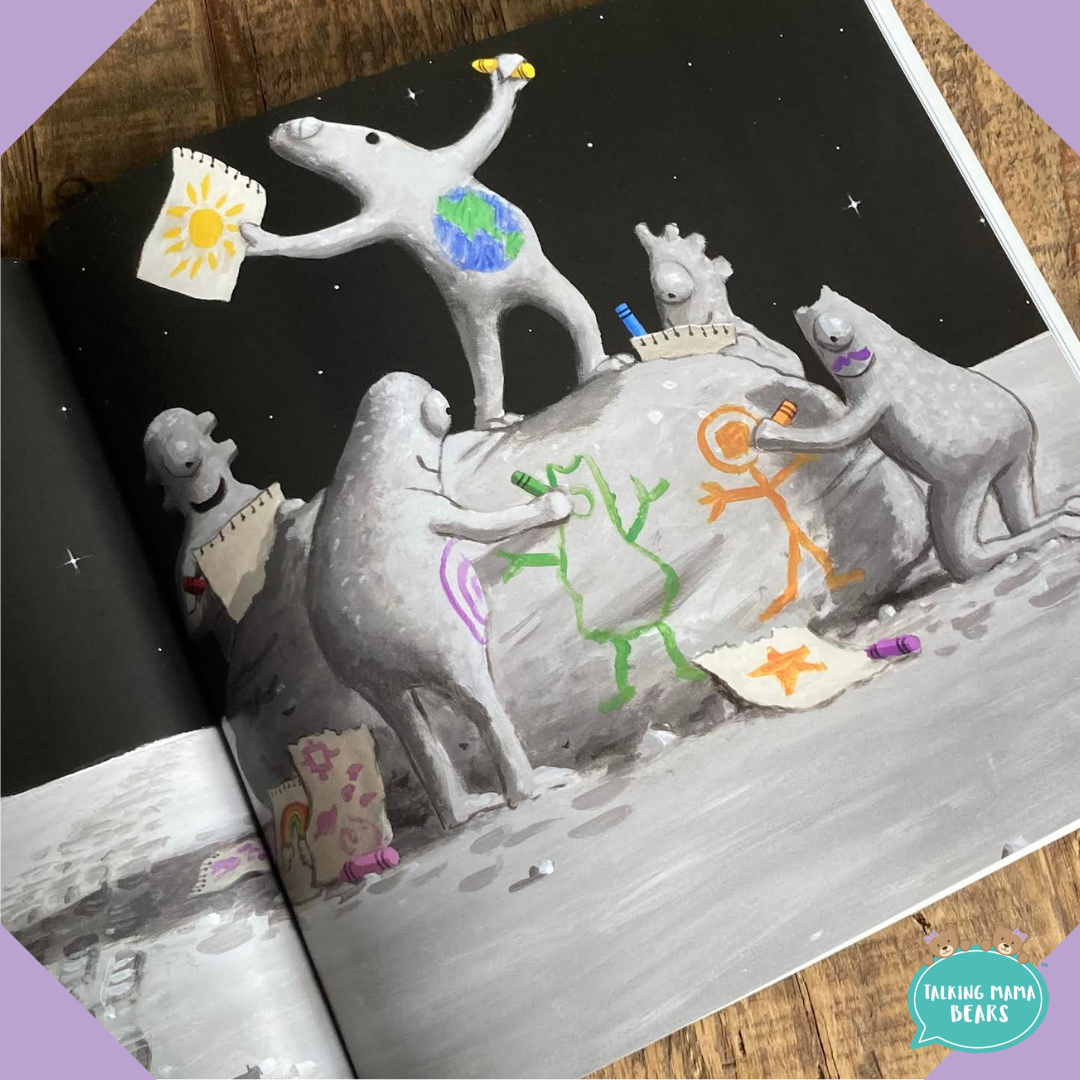
Speech Fluency
Another great use for wordless books in speech therapy is targeting speech fluency. For those students that demonstrate increased disfluencies in a question-answer style conversation the open-endedness of a wordless picture book is helpful. We often pair the open-ended questions and statements listed below with these books to practice the generalization of fluency strategies.
- “What do you think is happening?”
- “What would you do in this situation?”
- “What is your favorite part of this story?”
- “What do you dislike most about this story?”
- “Tell me more about this picture.”
For more examples of open-ended questions to ask while reading, check out this blog post by TeamTom Education. Open-ended questions are not only an effective fluency facilitating strategy, but they also help develop strong overall reading comprehension skills.


Fun
Lastly, wordless books are just plain funny! Some of the stories are pretty out there, but in the best of ways. We love flipping through the pages of Tuesday and having a good laugh about the crazy flying frogs. Sometimes the best language output happens with a little laughter! Besides it is always a good time hearing students’ interpretation of the pictures and stories.
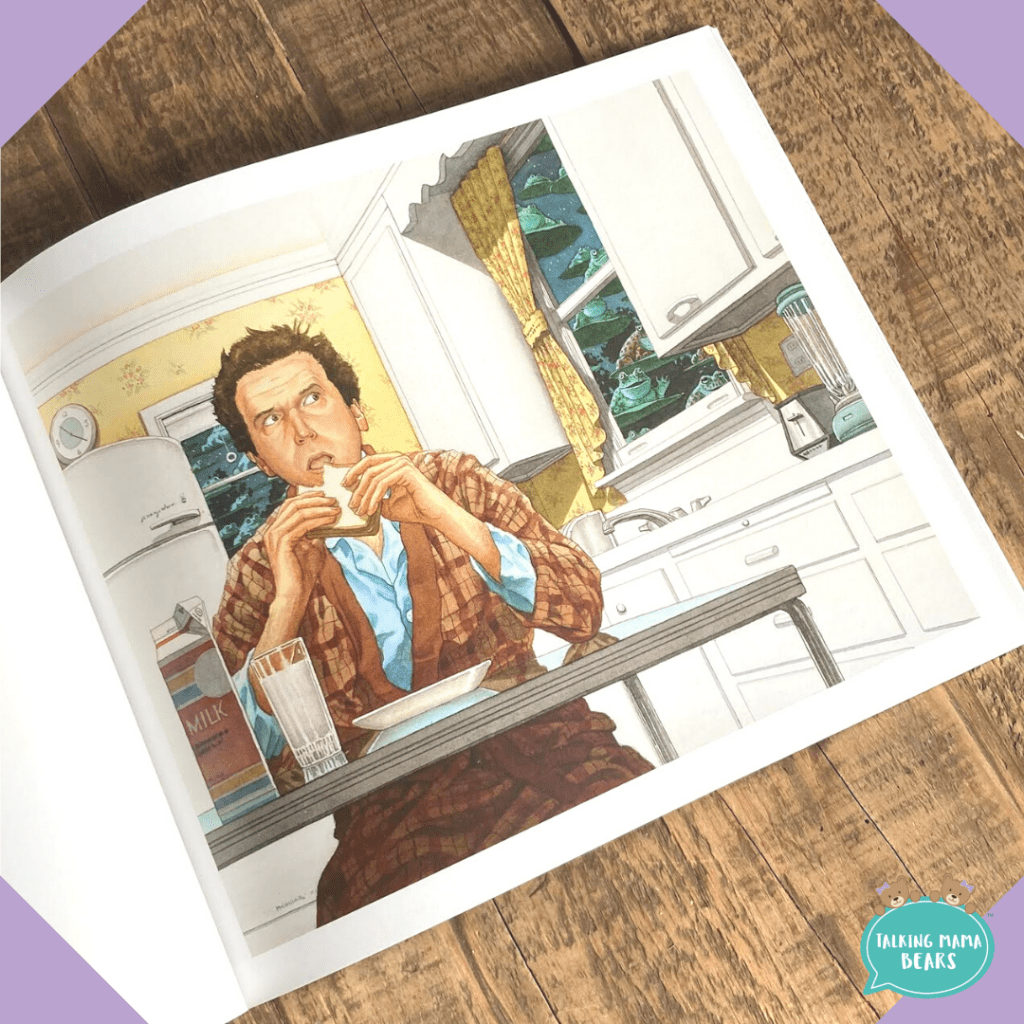
So many reasons to love and use wordless books during speech and language sessions (or at home)! So many ways to target narrative construction, vocabulary building, higher level language, fluency strategy generalization, and a good time. Do you love wordless books as much as us? What are your favorites? How do you use them? Leave us a comment and share!
Happy reading, fellow SLPs and mamas!
Talking Mama Bears